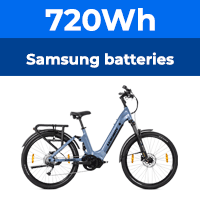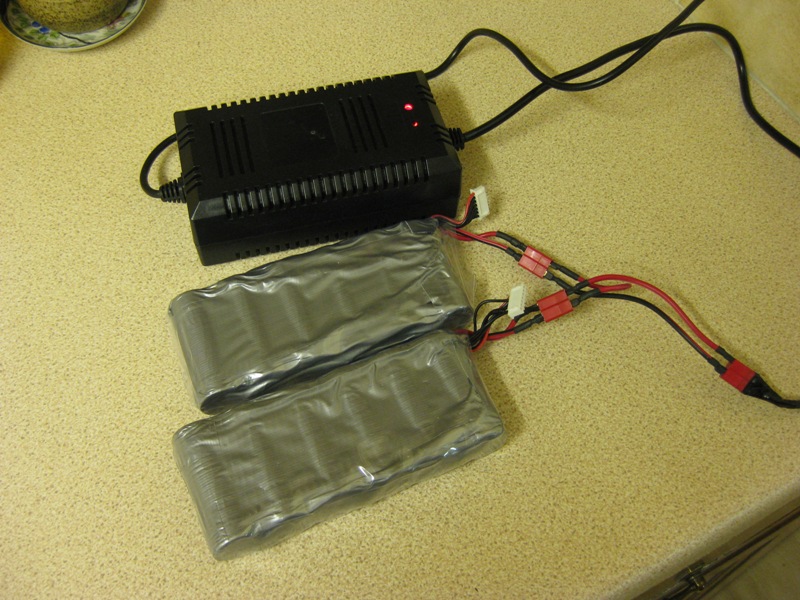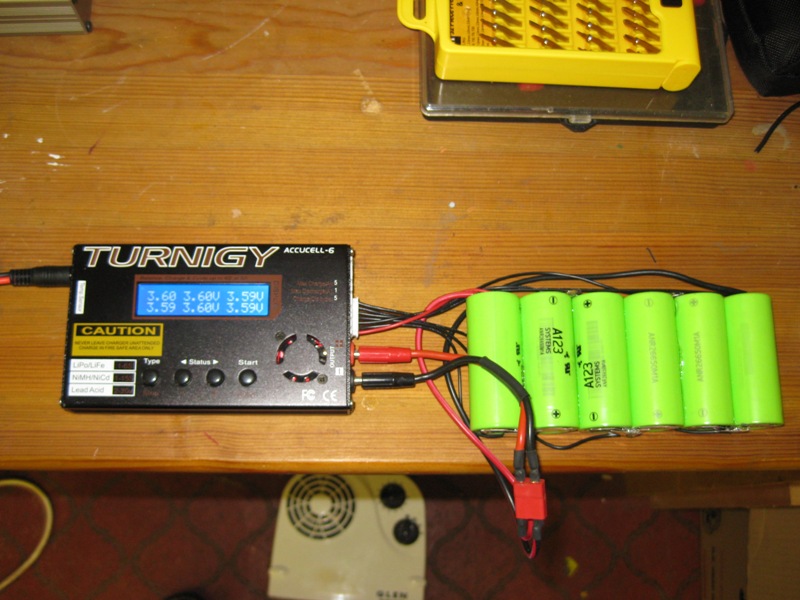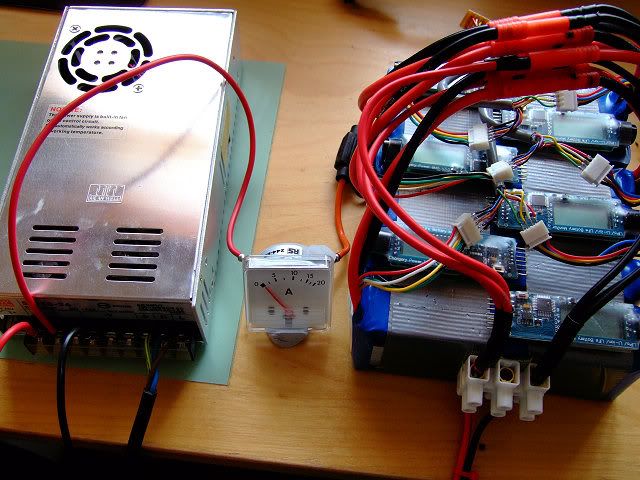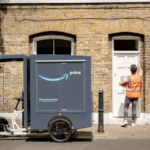Again I'm not convinced about all the folkllore concerning lipos. I've heard of loads of people that let their lipos go down too far without catching fire when they charge them. Most chargers are current limited. which helps. I've also seen some explode when they were being charged on a charger without HVC. So, everybody is right to be cautious.
I'm still convinced that the biggest risk is from short circuits. Each time you connect and disconnect them and remove them from your bike, there's a chance that the wires can get pulled or chafed, or, if they're not properly supported/protected when riding, the wires can wear through especially the thin balance wires. Once the bare metal touches, it's game over. I've heard of many (mainly in aeroplanes) that spontaneously caught fire, which I'm sure is because of shorts, especially after a few bumpy landings. To help prevent the possibility of a short circuit, I lay all the wires flat against each cell pack and tape them so that there isn't any direct tension on the solder joints and they can't rub against each other. Then I connect the cell packs together making sure that all the wires lay flat on the outside and then I tape them again. If you're going to put them in a pannier, it would be smart to give extra protection. Mine banged against a rack fixing screw, which wore through the pannier, the tape , the heatshrink and the pouch to expose the stuff inside the cell and I was lucky - no fire - just a compromised cell pack. I think I've learned from my near miss.
Like my headmaster said to me once, "Clever people learn from other people's mistakes; average people learn from their own mistakes; thickos never learn: Let's hope that you're in the second category, because it's obvious you're not in the first otherwise you wouldn't be here!". So, all you clever people can learn from the mistakes of a not so clever person.


